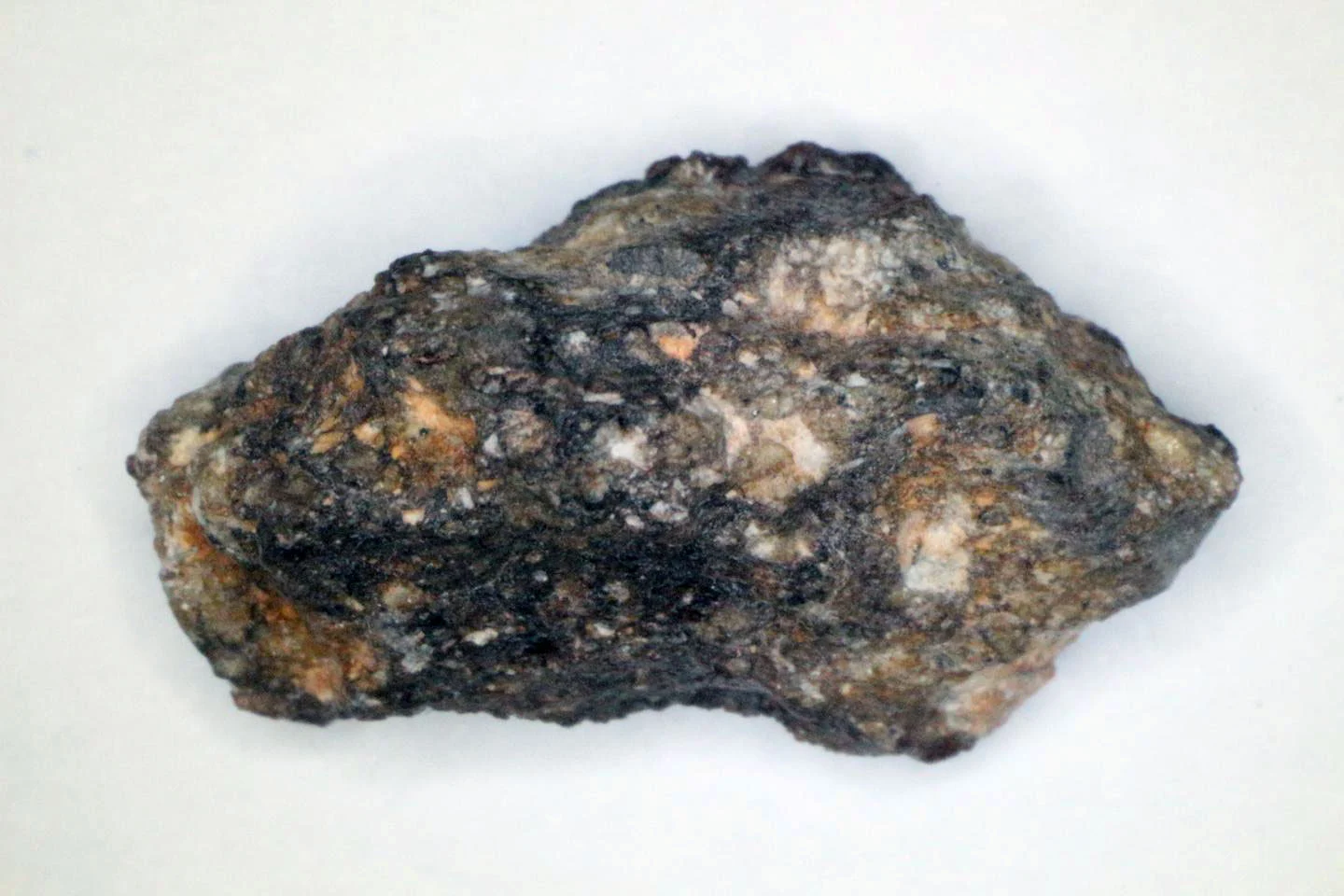By: Olivia Yu
Tens of thousands of meteorites have been discovered all over the Earth, but many of their origins remain unknown as it’s difficult to pinpoint their flight paths. But now, researchers think that they have linked a meteorite found in the Austrian Alps decades ago with a space rock bolting through the Earth’s atmosphere, demonstrating the “usefulness of combing old data sets,” as stated by the research team interviewed by the New York Times. It was also noted by the New York Times that “their findings were published in the journal Meteoritics & Planetary Science in May [2024].”
48 years ago, a forest ranger named Josef Pfefferle was clearing the remains of a previous avalanche near the Austrian village of Ischgl when he noticed a peculiar-looking, fist-size black rock. He took the stone back home and kept it in a box. About three decades later, Mr. Pfefferle learned of a meteorite discovery in Austria from a news story and decided to bring his rock to a university to see if it might have also come from space.
It turns out, the rock Mr. Pfefferle discovered it really was a meteorite and that he found it not long after it landed. Maria Gritsevich, a planetary scientist at the University of Helsinki in Finland who led the recent study, and her colleagues theorized that given the meteorite’s relatively recent arrival, it might have been captured on film through a network of 25 sky-viewing cameras across southern Germany operating from 1966 to 2022.
She and her team analyzed fireball-containing images stored at the German Aerospace Center in Augsburg, “estimated various parameters about the incoming meteors,” and homed in on several “events that had most likely produced sizable meteorites” using that data. Only three events had taken place before 1976.
The team then reconstructed the path of those three fireballs and determined where meteorites would have the greatest possibility of being found. They found one match with the Ischgl meteorite’s recovery location, confirming that the fireball from November 24, 1970 was what birthed the meteorite.
As she spoke to the New York Times, Dr. Gritsevich mentioned that “she and her colleagues calculated that the incoming meteor fell to Earth at a speed of roughly 45,000 miles per hour. That’s fast but well within the range of meteoroids born in the solar system.” She and her team approximated that the meteorite “once orbited the sun relatively close to the Earth,” and it likely “didn’t come from the main asteroid belt between Mars and Jupiter, which is the source of many meteoroids,” Dr. Gritsevich said.
“Linking a meteorite to where it was born is important,” said Marc Fries, a planetary scientist at NASA Johnson Space Center in Houston who was not involved in the research and also reported to the New York Times. “It goes from being just a rock you find on the ground to a rock that comes from a specific place in the solar system,” he said.











